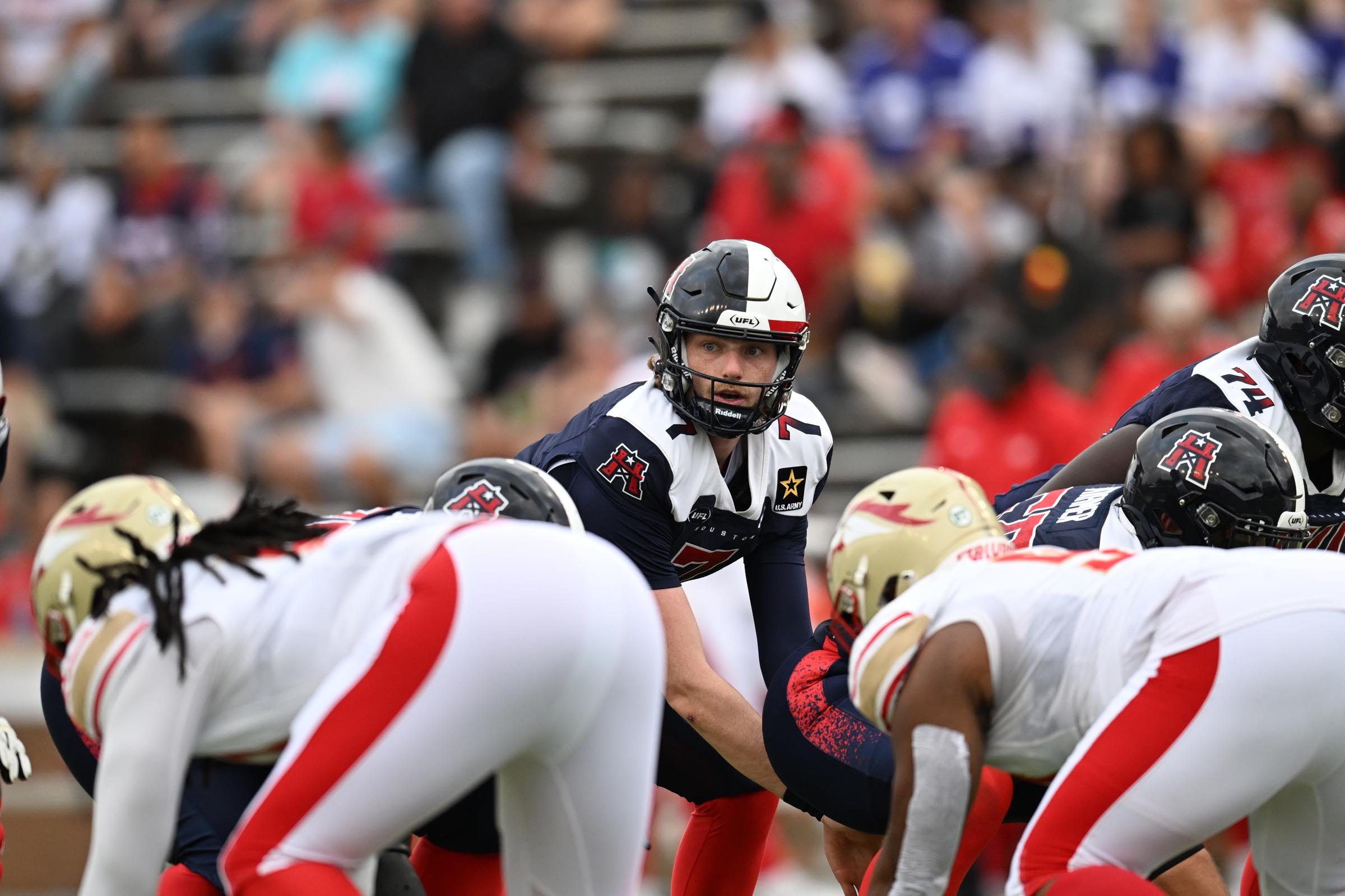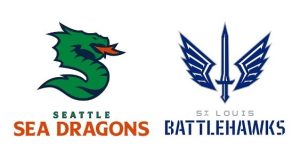
UFL officials had to be ecstatic about the first couple weeks of the season when it came to the on-field product. Not only was the quality of play better than the first few weeks of both the XFL and USFL in 2023, as promised, but most of the games came down to the wire.
Week two was especially tight with the average margin of victory across the four games at just four points per game. Since then, however, more and more games have gotten out of hand. The culmination came in week five when the average margin of victory was a staggering 20.8 points per game.
Look, blowouts happen. They’re part of any sport. And all of those close games clustered together early in the season should not have been taken as a predictor of what was to come for the weeks that followed. Rather, it was likely the ironing out of kinks each team had to go through – remember, there were no preseason games – that leveled the playing field.
By the midway point of the season, the haves and have-nots are pretty clear. That line of demarcation played itself out this past weekend. Injuries have plagued some times more than others, and some teams have been able to patch those holes better than others. General ineffectiveness has snake-bitten teams at the bottom of the standings.
For drawing TV ratings and general interest in the product, the league would like to avoid the kinds of games seen this weekend, if at all possible. It’s why the UFL went to great pains (and to the confusion of fans and even those under contract, at times) to distribute players as evenly as possible in the dispersal drafts prior to the season. It’s why the rules of the game encourage comebacks and close contests. It’s part of the reason the Arlington hub exists. It’s all done in the name of parity.
Which is a great idea, but ultimately in practice, the end result is out of the league’s hands. Unless they want to put their fingers on the scales and move players around, which they absolutely should not and should never do, lest the integrity of the games and therefore the entire league come into question.
Digging deeper into the results from week five, the one silver lining is that games tended to be closer at least through the first half. While the average margin of victory was over 20 points for the weekend, the average lead at halftime was just over 10 points.
This trend isn’t likely to reverse itself in week six. The 5-0 Birmingham Stallions face the 1-4 Memphis Showboats and the 4-1 St. Louis Battlehawks host the 1-4 Houston Roughnecks. Upsets are always a possibility but we haven’t seen many of them so far.
Looking at the standings, the parity has fallen off there as well. We’re only at the halfway point of the season, but the USFL Conference playoff teams seem set with Birmingham and Michigan. The Panthers hold a two-game lead over Memphis and Houston. A lot would have to go wrong for Michigan to fall behind either of those two teams.
In the XFL Conference it’s a little bit tighter. Arlington is basically out of it already by virtue of being winless. St. Louis and San Antonio are the class of the division so far, both at 4-1. Like in the USFL Conference, those teams also hold a two-game lead on third place, which at this point is D.C. The only drama might be which of those 4-1 teams wins the Conference.
The week five ratings will be interesting as they will tell just how much the blowouts affected viewership (the league and networks will be privy to more granular data that we won’t see, such as the quarter-hour numbers and even minute-by-minute). The UFL has sought parity with the merger and on some fronts, has succeeded.
However, every coaching staff and roster has its strengths and weaknesses that are exposed in the games. As we reach the halfway point of the season, we’re seeing the strong teams get stronger, and the weak get weaker. Down the stretch, without much to play for, can the weaker teams at least stay competitive? Interest in the league from the casual fan may depend on it.












